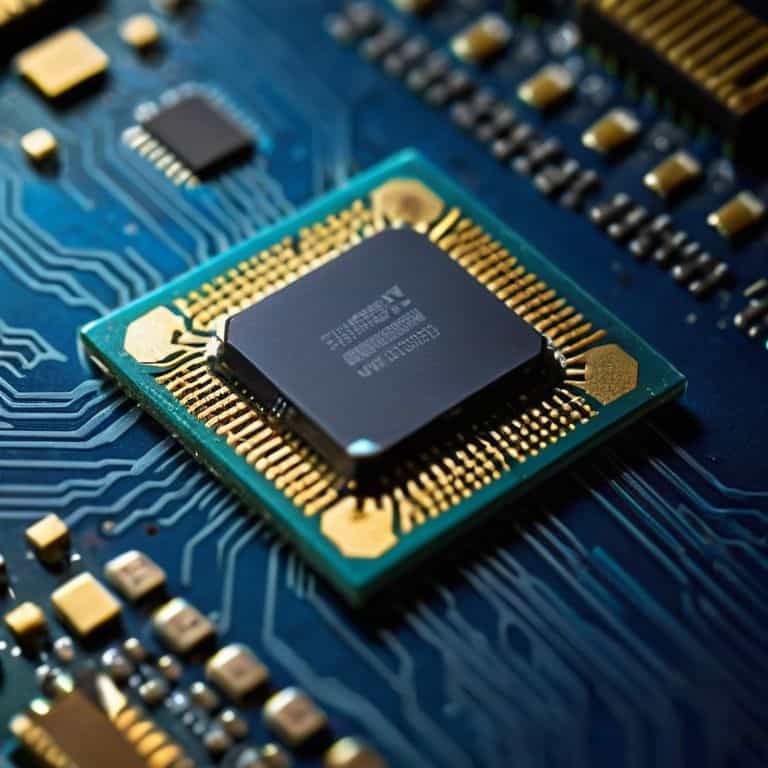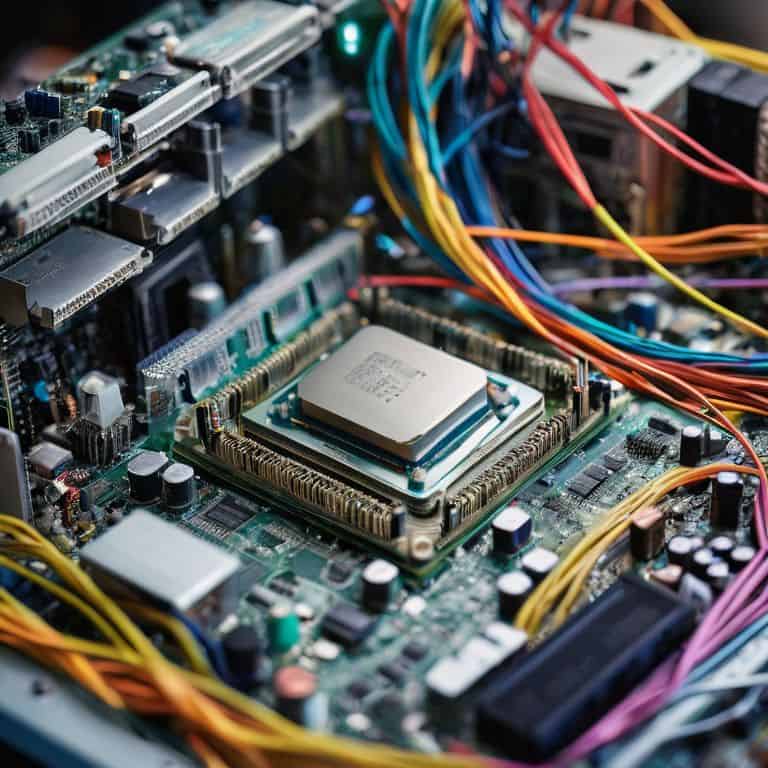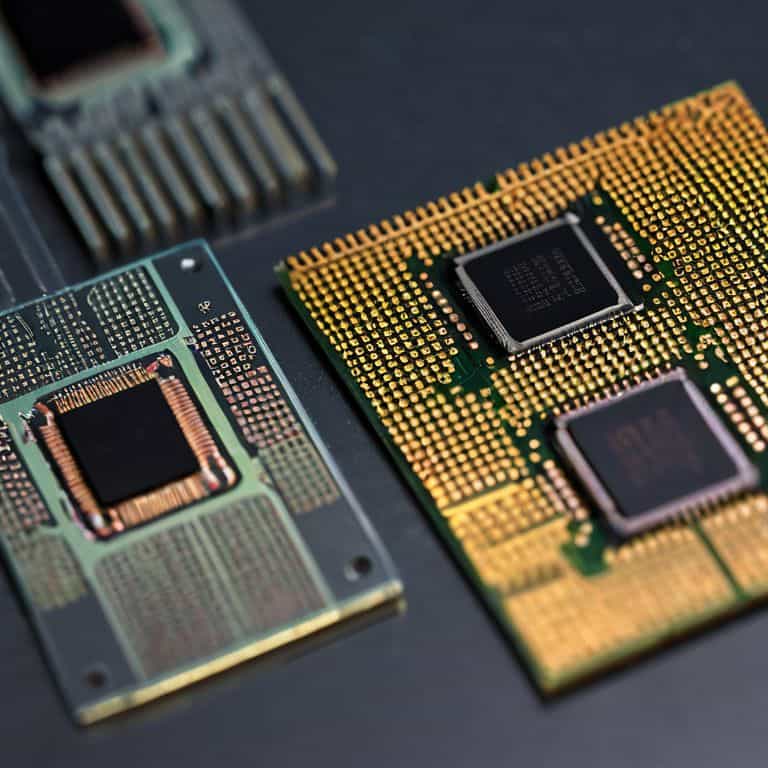I still remember the days when I’d spend hours designing complex chips for smartphones and laptops, only to have people ask me, “What’s the difference between arm vs x86 processors?” It was as if the inner workings of their devices were a black box, a mystery that only a select few could understand. But I believe that everyone deserves to know how their technology works, and that’s why I’m excited to dive into the world of processors. Whether you’re a tech enthusiast or just someone who wants to make informed decisions about their devices, the choice between arm and x86 processors can be a daunting one.
As someone who’s spent years working with these technologies, I want to make a no-nonsense promise to you: I’ll break down the complexities of arm vs x86 processors in a way that’s easy to understand, without resorting to technical jargon or hype. My goal is to empower you with knowledge, so you can make choices that are right for you. In this article, I’ll share my personal insights and experiences, gained from years of working in the industry, to help you navigate the arm vs x86 processors landscape with confidence.
Table of Contents
ARM Processors

An ARM processor is a type of central processing unit (CPU) that uses a reduced instruction set computing (RISC) architecture, which provides low power consumption and high performance. The core mechanism of ARM processors involves a simplified instruction set that allows for faster execution and lower energy usage, making them a popular choice for mobile devices and embedded systems. The main selling point of ARM processors is their ability to provide high performance while minimizing power consumption, which is essential for devices that require long battery life.
I find it fascinating to think about how ARM processors have revolutionized the way we use technology on-the-go. For instance, when you’re using your smartphone to navigate through unfamiliar streets, the seamless performance of the ARM processor is what allows you to quickly load maps and access location services without draining your battery. This is a great example of how the technical benefits of ARM processors translate to real-world experiences, making our lives more convenient and connected. By understanding how ARM processors work, we can appreciate the ingenious design that goes into creating these tiny powerhouses that fuel our daily interactions with technology.
x86 Processors

An x86 processor is a type of CPU that uses a complex instruction set computing (CISC) architecture, which provides high processing power and compatibility with a wide range of software applications. The core mechanism of x86 processors involves a complex instruction set that allows for efficient execution of complex tasks, making them a popular choice for desktop computers and laptops. The main selling point of x86 processors is their ability to provide high performance and compatibility with a wide range of software applications, which is essential for tasks that require intense processing power.
As someone who’s passionate about demystifying technology, I think it’s essential to understand the role that x86 processors play in our daily lives. For example, when you’re working on a creative project that involves resource-intensive tasks like video editing or 3D modeling, the x86 processor is what enables you to run multiple applications simultaneously without experiencing significant slowdowns. This is a great example of how the technical capabilities of x86 processors translate to real-world productivity, allowing us to push the boundaries of what’s possible with technology and achieve our goals more efficiently.
Head-to-Head Comparison: Arm vs x86 Processors
| Feature | Arm | x86 |
|---|---|---|
| Price | Generally Lower | Generally Higher |
| Power Consumption | Lower | Higher |
| Instruction Set Architecture | RISC | CISC |
| Best For | Mobile Devices, IoT | PCs, Servers |
| Licensing | Licensed to multiple manufacturers | Primarily controlled by Intel and AMD |
| Security Features | TrustZone, SELinux | SGX, TPM |
| Performance per Watt | Higher | Lower |
Arm vs X86 Processors

So, why does the processor architecture matter when it comes to ARM vs x86 processors? It’s quite simple really – the type of processor used in your device determines how it will perform in terms of power consumption and overall speed.
When we compare the two, ARM processors are generally more energy-efficient, which is why they’re often used in smartphones and other mobile devices. This is because ARM processors use a simplified instruction set, which requires less power to execute. On the other hand, x86 processors are more computing-intensive and are typically used in laptops and desktops, where power consumption is less of a concern.
In practical terms, this means that devices with ARM processors will usually have a longer battery life, while devices with x86 processors will generally provide more processing power. So, who wins in this category? I’d say ARM processors take the cake when it comes to energy efficiency, making them the clear winner for devices where power consumption is a top priority.
Key Takeaways: ARM vs X86 Processors
In the battle of ARM vs x86 processors, understanding the fundamental difference in their architectures is crucial – ARM processors are designed for low power consumption and are widely used in mobile devices, while x86 processors are known for their high performance and are commonly found in laptops and desktops.
The choice between ARM and x86 processors depends on your specific needs: if you’re looking for a device that’s energy-efficient and perfect for everyday tasks like browsing and streaming, ARM might be the way to go; however, if you need raw processing power for tasks like gaming or video editing, x86 is likely your better bet.
Ultimately, the ARM vs x86 debate is not about which one is inherently ‘better’, but rather about choosing the right tool for the job – by grasping the basics of how these processors work and what they’re optimized for, you’ll be better equipped to make informed decisions when it comes to your tech purchases.
The Processor Puzzle
Understanding the difference between ARM and x86 processors is like knowing the plumbing in your house – you don’t need to be a master plumber to appreciate how the water gets to your faucet, but having a basic grasp of how it works can save you from a whole lot of frustration and mystery leaks!
Chloe Brennan
The Final Verdict: Which Should You Choose?
As we’ve explored the inner workings of both ARM and x86 processors, it’s clear that each has its own set of strengths and weaknesses. The key differences lie in their power consumption, instruction set architecture, and application in various devices. ARM processors are generally more power-efficient and find their home in most mobile devices, while x86 processors are more powerful and commonly used in laptops and desktops. Understanding these differences is crucial in making an informed decision about which type of device suits your needs.
So, who wins in the epic battle between ARM and x86 processors? The answer isn’t straightforward, as it ultimately depends on the type of user you are. If you’re a mobile user who values portability and battery life, ARM-based devices are the way to go. On the other hand, if you’re a power user who requires high performance for tasks like gaming or video editing, x86 processors are the better choice. By considering your specific needs and usage, you can make a more informed decision and choose the device that best fits your lifestyle.
Frequently Asked Questions
What are the key differences in power consumption between ARM and x86 processors?
Think of power consumption like water flow in a pipe. ARM processors are like narrow pipes, restricting flow to conserve water, while x86 processors are like wider pipes, allowing more water to flow, but using more pressure – and thus energy – to do so. This difference in design leads to significant variations in power usage between the two.
How do ARM and x86 processors compare in terms of performance for everyday tasks like browsing and streaming?
For everyday tasks like browsing and streaming, both ARM and x86 processors deliver smooth performance. Think of it like water flowing through pipes – as long as the ‘pipe’ is wide enough, water flows easily. Here, the ‘pipe’ is the processor’s ability to handle tasks. Both ARM and x86 have wide enough ‘pipes’ for basic tasks, but x86 might have a slight edge for very demanding tasks, like 4K streaming.
Can ARM processors be used for heavy gaming and video editing, or are x86 processors the better choice for these tasks?
While ARM processors have made huge strides, x86 processors still reign supreme for heavy gaming and video editing due to their higher clock speeds and multithreading capabilities, making them better suited for intense tasks that require raw processing power.









